Best IDEs for Programming
The software development landscape is changing fast. Consequently, software development tools have also emerged to meet the needs of developers, from text editors to integrated development environments. IDEs have upgraded significantly over the years from a console or terminal in the beginning. A modern IDE (Integrated development environment) is a single platform offering diverse development functionalities.
Integrated development environments (IDEs) make the work of programmers easier with tools like debuggers and compilers. IDEs have become much more advanced and use machine learning to assist, such as autocompleting code and offering suggestions when encountering problems. The testing ability of IDEs helps developers ensure that their code is working correctly and meets the project’s requirements.
IDEs offer benefits like automation and optimization to maximize developer productivity. Both beginner programmers and seasoned professionals have to choose the best IDE for programming. The best IDE is the one that functions the most effectively based on your needs and preferences.
This article will explore the IDE classification and conventional features. You’ll get to know the five best IDEs for programming. You’ll also look at some tips on how to choose an IDE.
Why Do Programmers Need IDEs?
IDEs are excellent software that bring all the tools a programmer needs into a single platform. Here’s why they are a must-have:
- IDEs maximize developer productivity with a seamless development cycle.
- IDEs improve workflow by providing the necessary configuration of many development utilities.
- IDEs reduce setup time. You can learn the different features available in one place rather than learning separately. Such an integrated environment is best for new developers.
- They offer automation, such as code completion and code creation to save time.
- Code error detection is another excellent benefit IDEs have. It allows real-time code correction.
Classifications of IDEs
A large number of IDEs are available to choose from. Some are programming language specific; others are multi-language IDEs. Below are some of the widely known IDE classifications:
Language-specific IDEs – These IDEs have support and functionalities dedicated to a specific programming language.
Multiple-language IDEs – These IDEs support more than one programming language. This type of IDE is best suited to beginner programmers.
Local IDEs – These IDEs run on the local machine. Users have to install more libraries depending on their project needs. There are limitations associated with local IDEs, because they don’t require the internet to operate.
Cloud/Web-based development IDEs – These are also known as platform-independent IDEs. They can run projects without needing the resources of the local system. Many companies support cloud development environments. Using cloud-based IDEs allows teams to access code from anywhere.
Platform-specific IDEs – IDEs are also categorized based on the development environment they operate in. There are IDEs available for specific platforms like Microsoft and Apple.
Mobile development IDEs – Mobile development IDEs are available to develop mobile applications. These development tools offer efficient Android and iOS app development.
Conventional Features of an IDE
IDEs are the programmer’s toolkit.
- Code Editor helps developers write and edit source code.
- Compiler converts the human-readable code into the language that the operating system understands.
- Debugger identifies and corrects bugs in a program that have been identified during testing of the program.
- Code Completion feature lets programmers automatically write common code snippets.
- Integration capability of IDEs enhances developer productivity via plugins and development add-ons.
- Version Control records changes to a file or set of files over time so that you can recall specific versions later.
The 5 Best IDEs for Programming
1. Visual Studio
Microsoft Visual Studio ranks as the top IDE worldwide. You can develop websites, mobile apps, web applications, and video games. Both students and professionals use this tool because of its versatile functionalities. Individual developers can use the “Community” version for free. But you need a license to use the Professional and Enterprise versions.
It’s available for use on both Windows and Mac. It supports many languages, including ASP.NET, HTML, JavaScript, Visual Basic, C#, C++, F#, Python, CSS, and more.
Moreover, you can move between languages and projects without hassle. Other features include a customizable dashboard, automation tools, and collaborative development. Because Visual Studio is a feature-rich IDE, it is heavy software, requires resources, and takes time to load.
2. Eclipse
Eclipse is a free, cross-platform IDE. It comes with an easy-to-use interface with drag-and-drop functionality. It emerged as a Java development environment. But you can also develop in other languages such as C, C++, Python, PHP, and more via plugins.
It is equally popular among beginners and expert developers. Windows, Mac, and Linux operating systems support this IDE. It has a base workspace and an extended workspace which you can customize with plugins from the Eclipse Marketplace. You can choose modeling, testing, reporting, and GUI tools from various packages.
More features include automated error reporting, debugging, and profiling. This IDE is customization oriented. It has various plugins and information the Eclipse community developers provide.
3. AWS Cloud9
Developed by Amazon, AWS Cloud9 is an online (cloud-based) IDE. It means you can code from anywhere in the world with an internet connection. It has a code editor, debugger, and built-in terminal. AWS Cloud9 supports Python, PHP, C, C++, Node.js, JavaScript, etc.
Developers can collaborate on a page. It also has a feature that simulates the terminal with Linux commands, enabling many developers to work simultaneously.
You can also run the development environment on a managed Amazon EC2 instance or Linux servers. It has customization features such as color themes, syntax coloring, code formatting, and more options.
4. Code::Blocks
Another best IDE is Code::Blocks. It is a free, open-source, customizable IDE option. It is best known for C and C++. But you can use it to develop in Fortran with plugin capability. And D. It is a straightforward choice for beginner developers. But advanced developers face limitations with large projects.
It comes with a code editor, debugger, graphical user interface designer, and supports many compilers. This flexible IDE is available on Linux, Mac, and Windows. Noticeable features of this tool include support for multiple compilers and numerous pre-built and proprietary languages. You can also enjoy easier navigation, simpler task management, and the ability to import external development tools.
5. IntelliJ IDEA
IntelliJ IDEA is a user-friendly IDE that focuses on user experience and productivity. It supports languages like JavaScript, Kotlin, Scala, Groovy, HTML, Kotlin, PHP, Python, JSON, TypeScript, and more. The Community Edition of this IDE is free to use. There is also an advanced Ultimate Edition. It has a 30-day free trial and feature-based pricing.
You can code faster with IntelliJ IDEA coding assistance. It provides code completion suggestions, refactorings, and static code analysis. It also automates several repetitive tasks with its code generation feature. For further support, you can install third-party plugins. You can develop web, mobile, and enterprise applications.
It is available on Windows, macOS, and Linux. It has an integrated version control feature, GIT integration, and an extensive database. You can use shortcuts for almost any action, selection, and switching between the editor and other tools.
Things to Consider When Choosing an IDE
With dozens of options for IDEs available on the market, it can quickly get overwhelming. Most tools are free, open-source, and easy to configure. Ask the following questions when choosing an IDE.
Which programming language do you want to code in?
When choosing an IDE, the foremost choice is an IDE that supports the programming language you want to use for your learning or professional development project. Multi-language IDEs are all-rounder options. But dedicated IDEs have features that are particular to the specific language.
Which operating system do you have to support an IDE?
Another critical factor in deciding on an IDE is the operating system you would run it on. Many IDEs have different versions for different OSs. Choose the one that gives the optimal experience on your operating system.
What automation features do you need depending on your project?
You might need automation features besides the standard features every IDE offers. These special needs can also help you choose the IDE that suits you best. Workflow customization is another important consideration.
Start Your Programming Journey with Sololearn
Sololearn is your go-to free resource for learning how to code. It offers courses designed by experts with real-world experience. Whether you want to learn C, Python, or JavaScript, you can find a course in the Sololearn catalog. Become part of a global community of programming enthusiasts and build your coding skills today.


